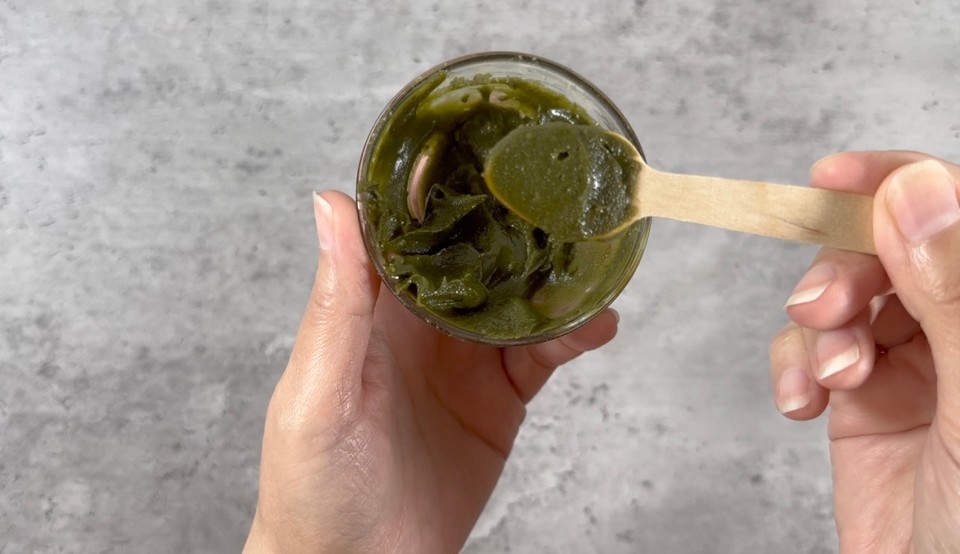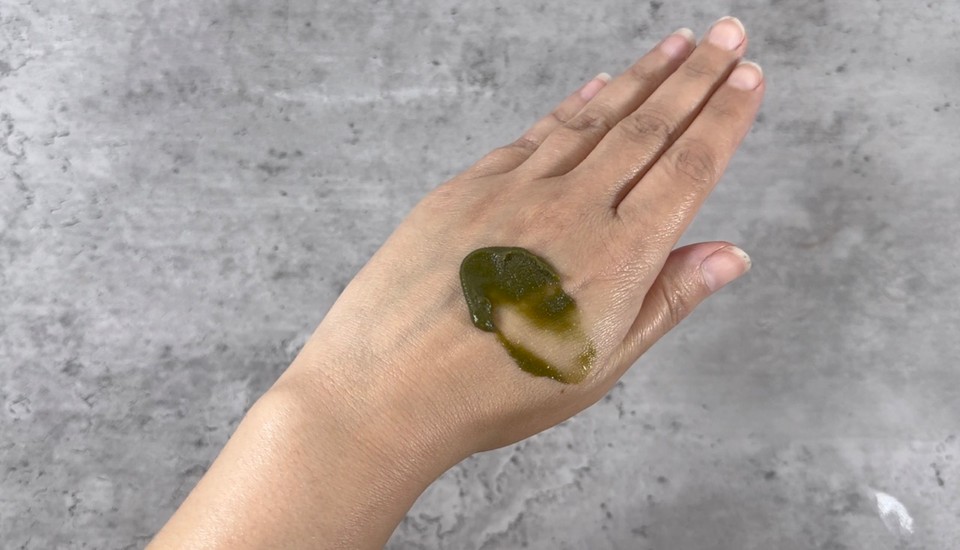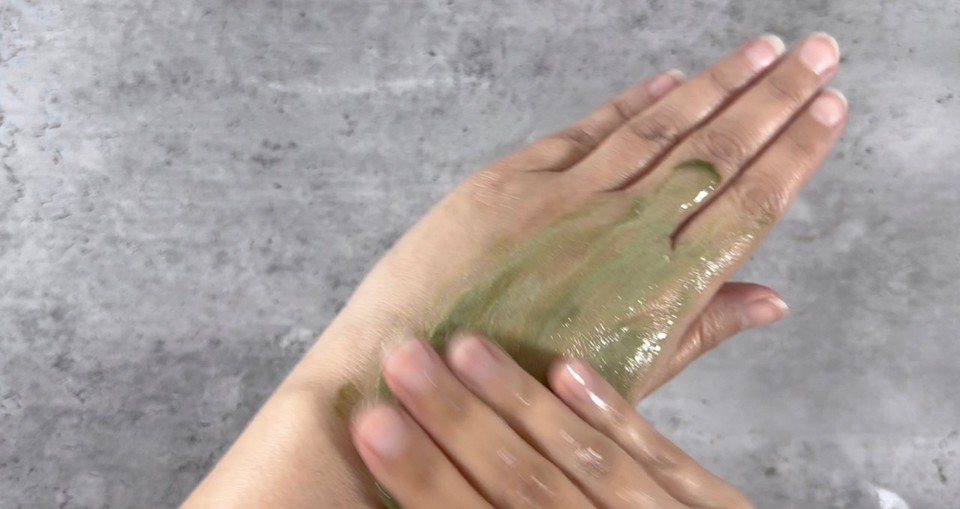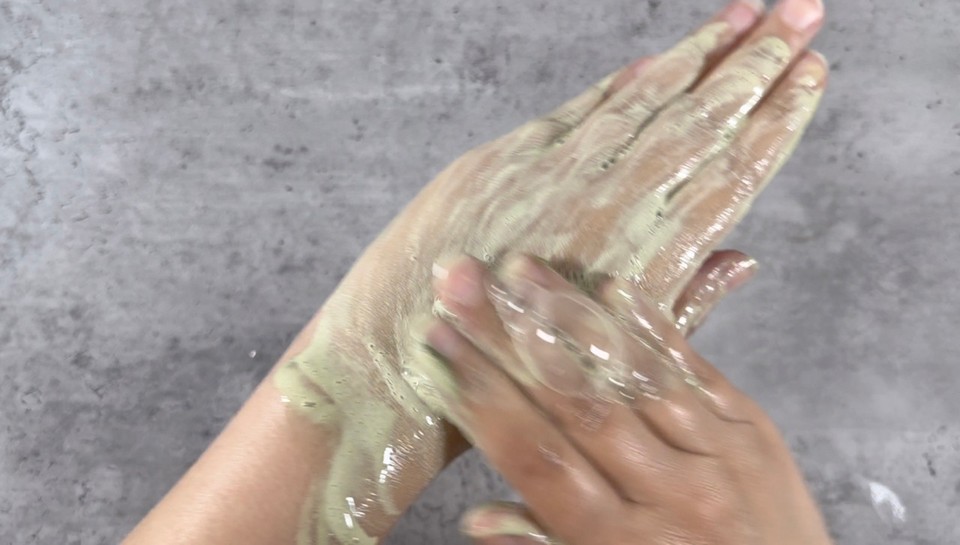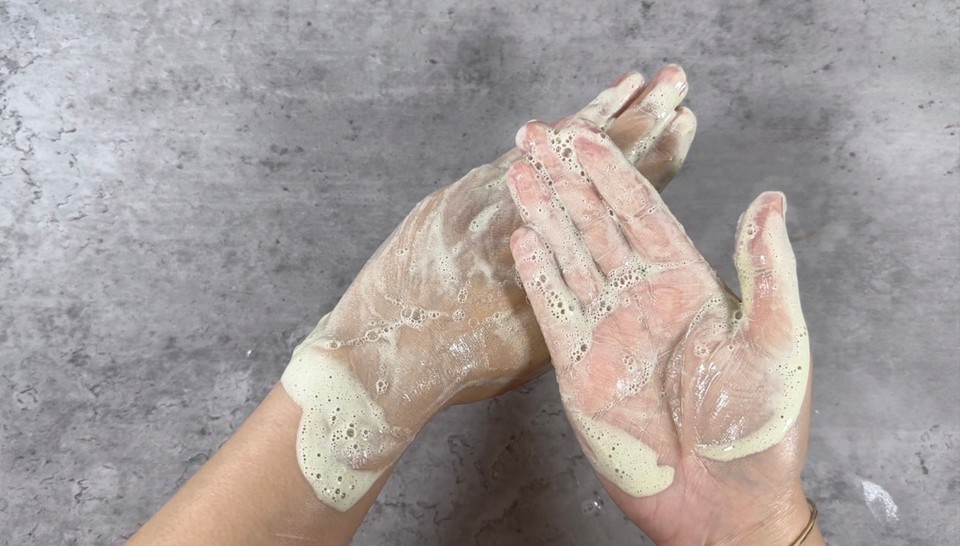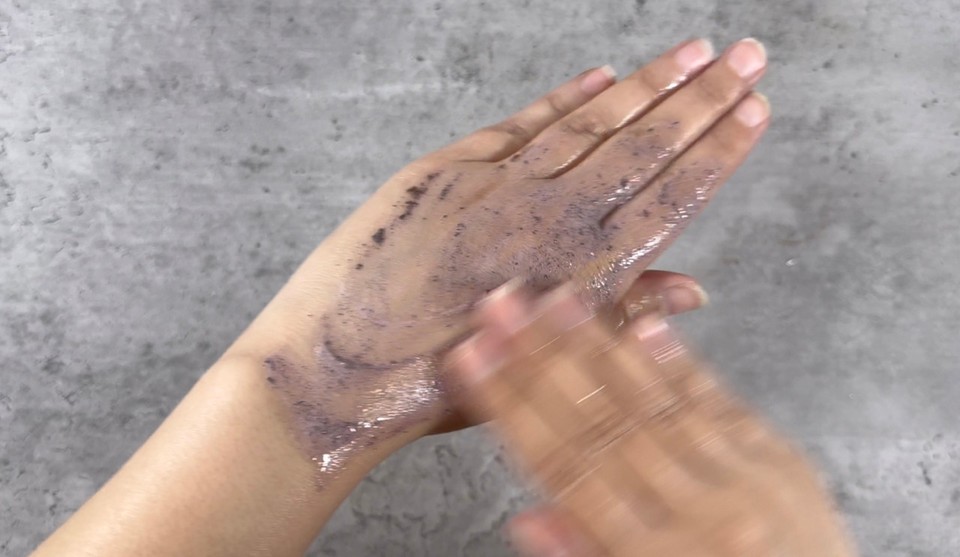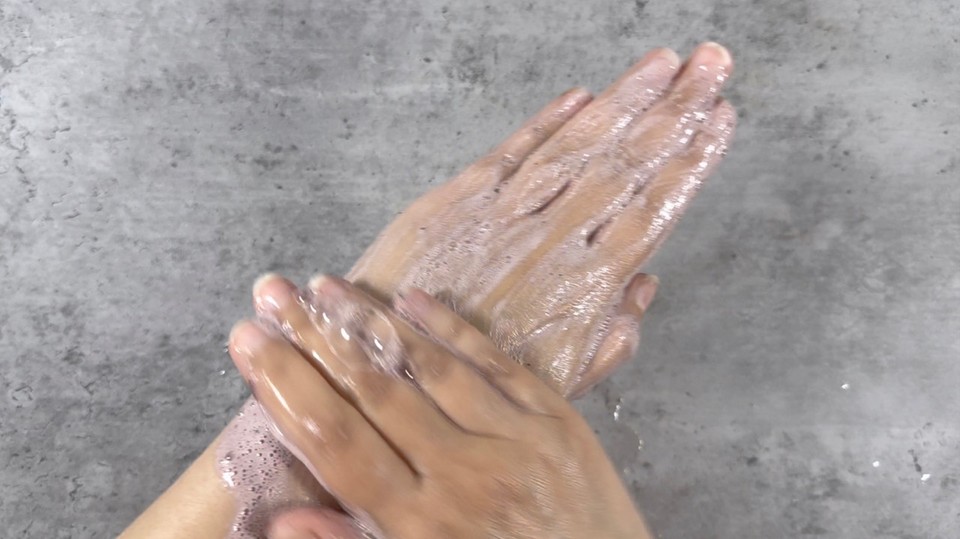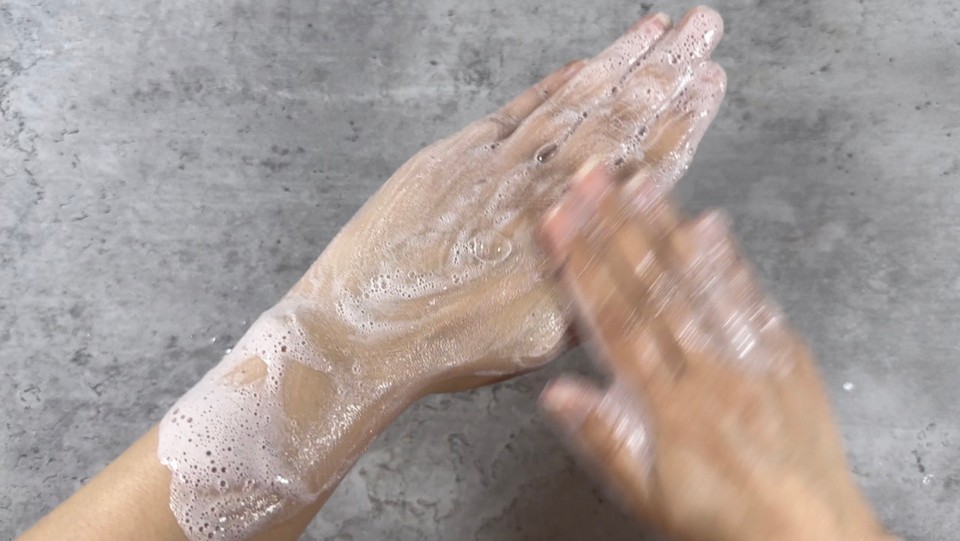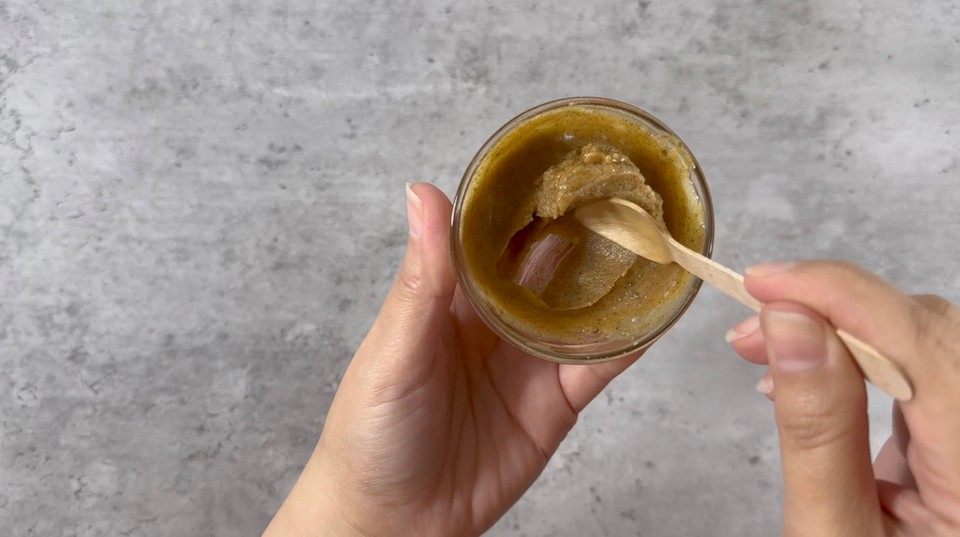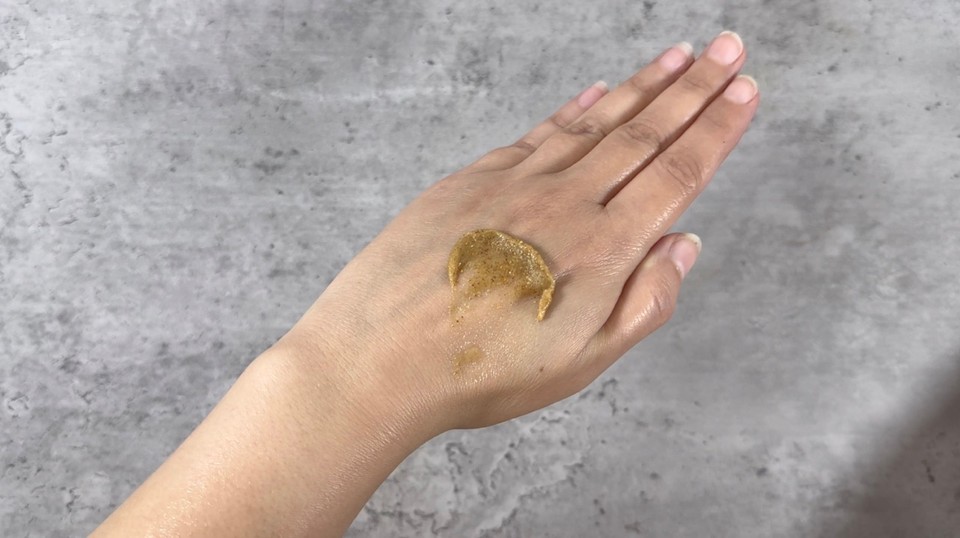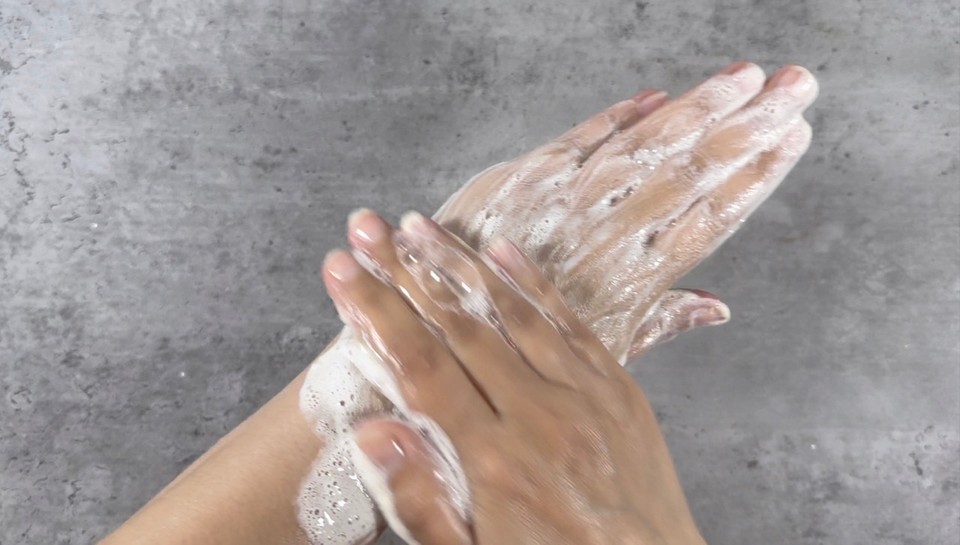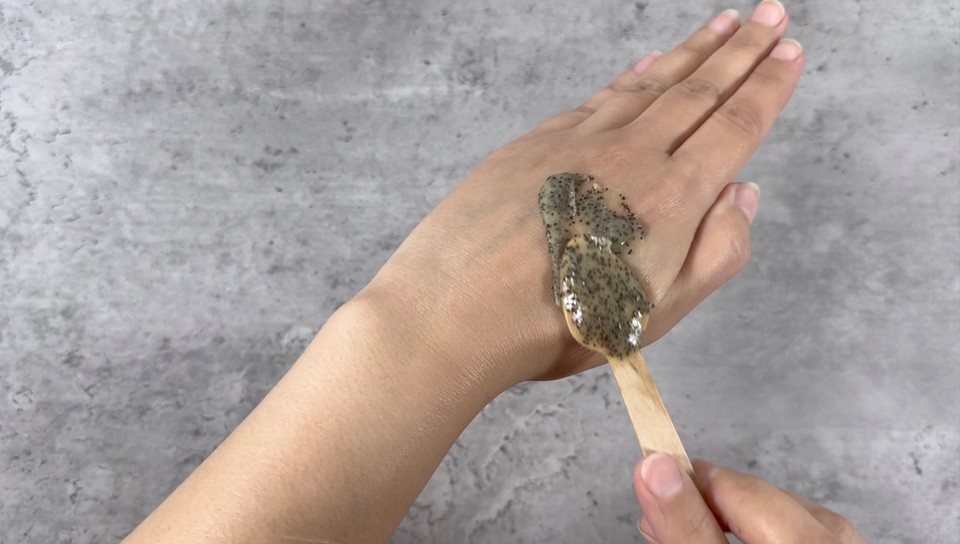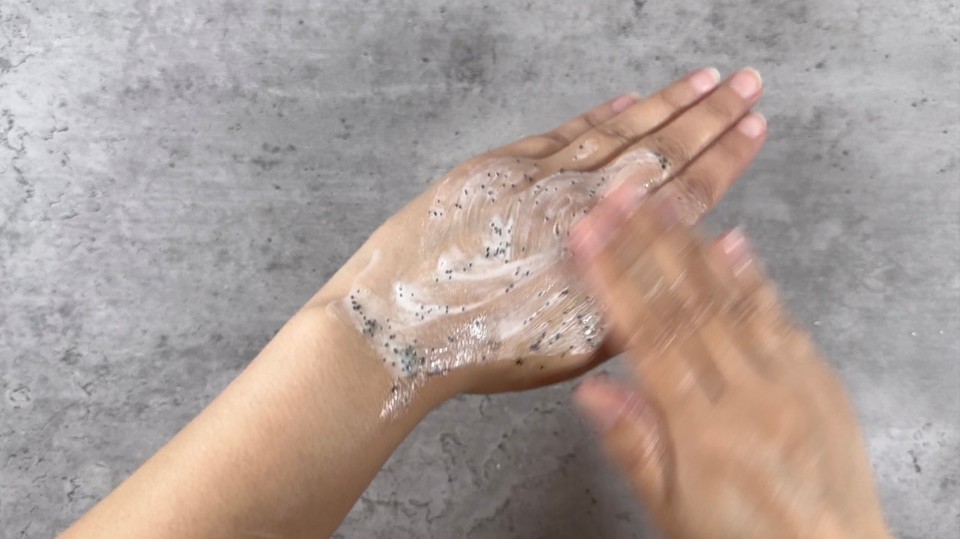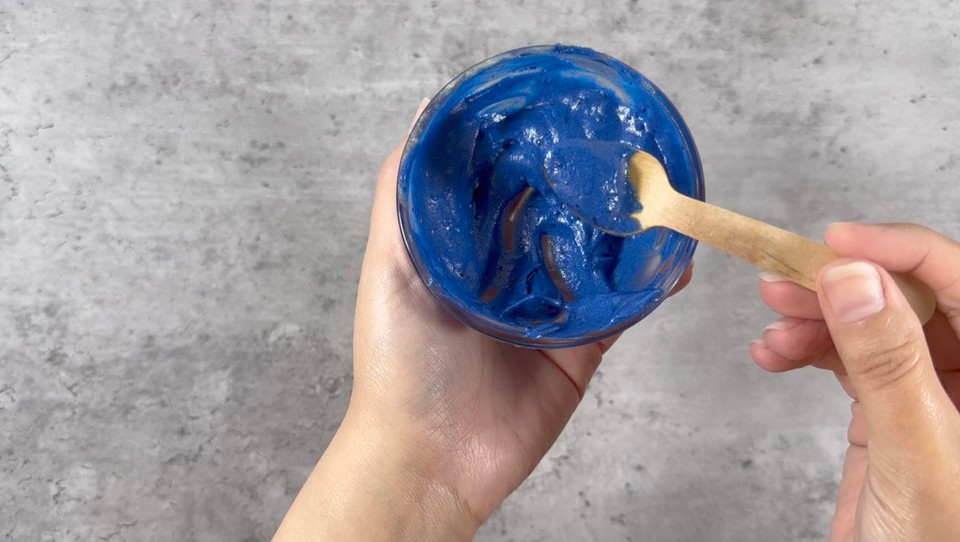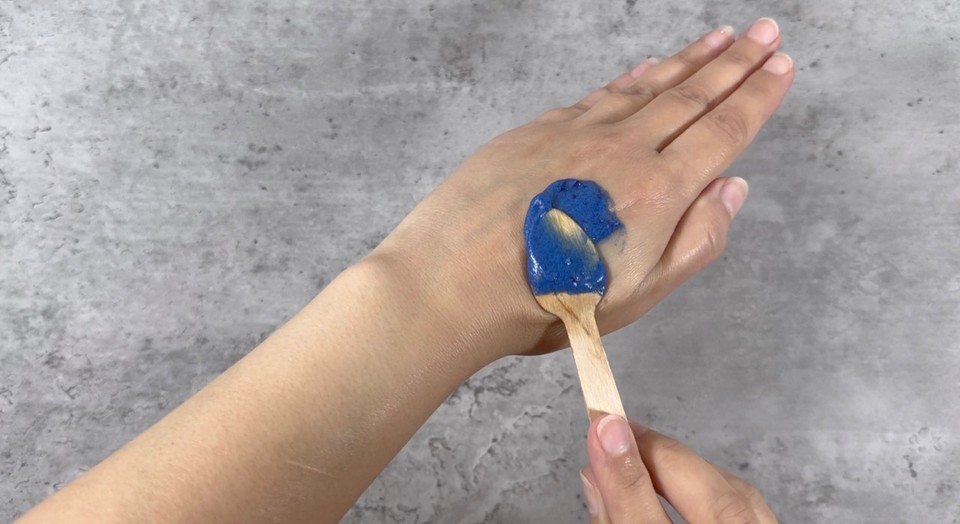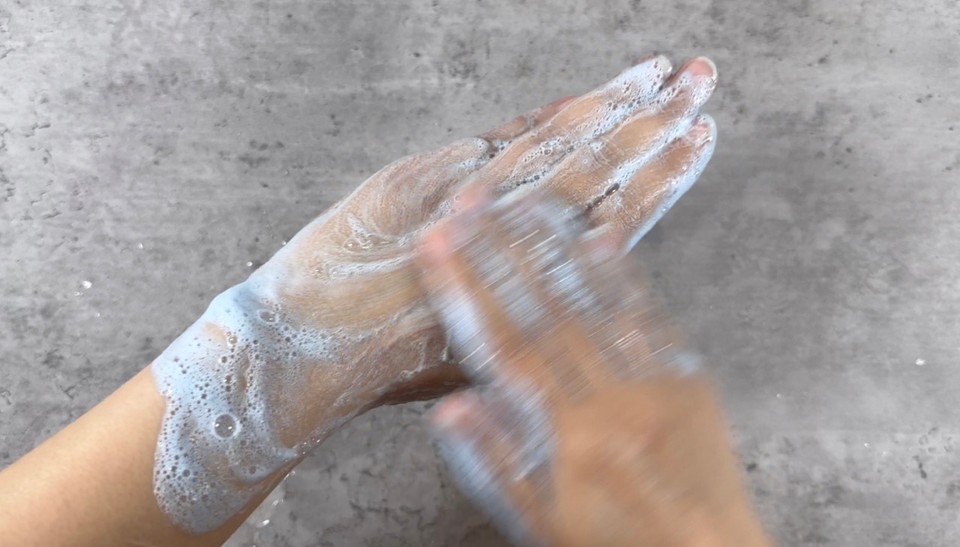Face Cleanser Base With Endless Ways To Personalize
| Phase | Ingredient | Percent (%) | Weight (g) |
|---|---|---|---|
| Phase A | Olivem1000 | 9 | 18 |
| Kokum butter | 6 | 12 | |
| Carrier oil | 43 | 86 | |
| Cetyl alcohol | 4 | 8 | |
| Phase B | SCI powder (SODIUM COCOYL ISETHIONATE) | 23 | 46 |
| Phase C | Preservative (cosgard) | 1 | 2 |
| Calendula extract | 4 | 8 | |
| Vitamin E | 0.2 | 0.4 | |
| Fragrance oil | 0.8 | 1.6 | |
| Phase D | Botanical powder/exfoliate powder | 9 | 18 |
If you like creamy, silky face cleansers, this formula is a great base formula that allows you to change phase D to personalize this formula in endless ways.
This base formula contains mostly emollients and a surfactant. The texture is very creamy and gentle on the skin. Of course, once you add phase D, you can achieve endless variations and textures (depending on the ingredient you chose for phase D).
If you tried this face exfoliate cleanser, this formula is similar in texture and consistency. You will have a paste-like consistency that is easy to apply to the skin.
I used seven ingredients for phase D to demonstrate how to create a different product by choosing all kinds of botanicals in phase D.
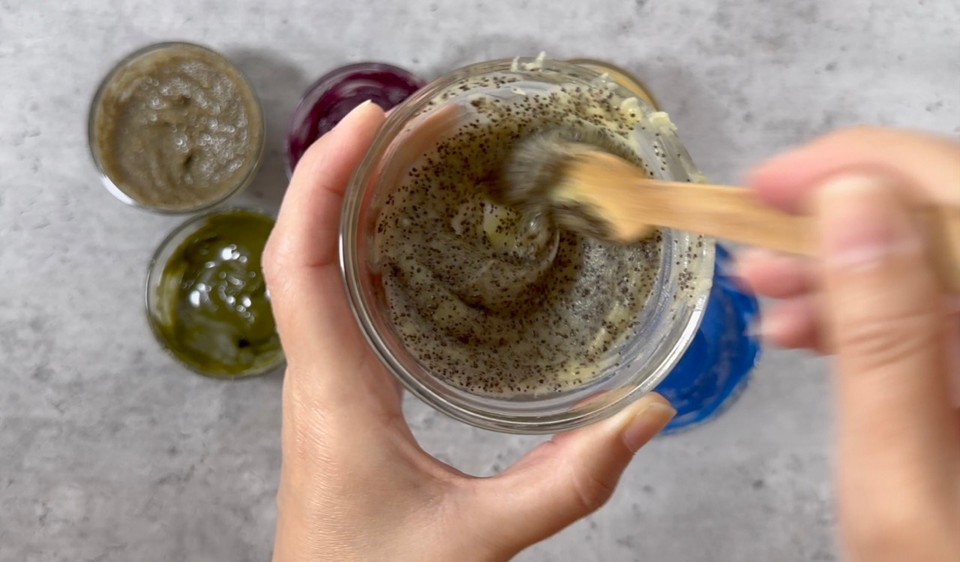
Once you prepare the base, which is phases A, B and C, you can get creative and experiment with many ingredients you can use in phase D.
I have used lavender buds powder, neem powder, rose petal powder, lemon peel powder, blue spirulina powder, açai powder and coconut shell powder.
Each ingredient has different properties. Some add exfoliating properties to the final product. Some add a silky feeling to the final product. Some add color and more dense consistency.
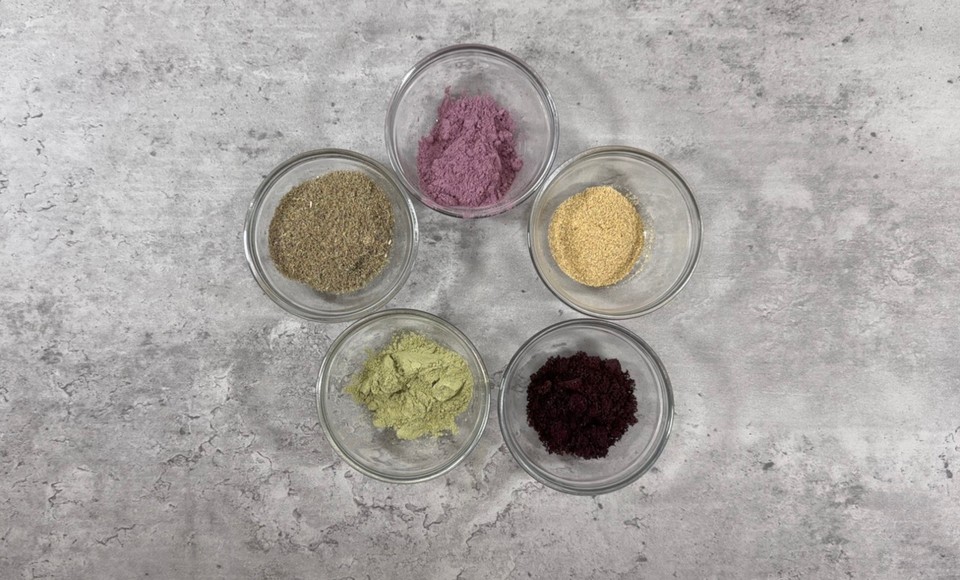
Phase A is the oil phase. I use Olivem1000 as my emulsifying wax.
Although this formula does not contain water-based ingredients, I add the emulsifying wax to achieve a creamy, non-greasy texture.
Olivem100 is plant-derived. It has conditioning properties, so it is excellent for face and body products. If you want to use another emulsifying wax, you can replace it with another emulsifying wax taking into consideration that each emulsifying wax has different properties and will create different textures and consistency.
You can read more about it in this post here, where I have used four emulsifying waxes to check the results each one gives.
I used kokum butter (Garcinia Indica Seed Butter) which you can replace with cocoa butter, shea butter, mango butter or cupuacu butter. Although each butter has different properties and hardness levels, they should all work well in this formula.
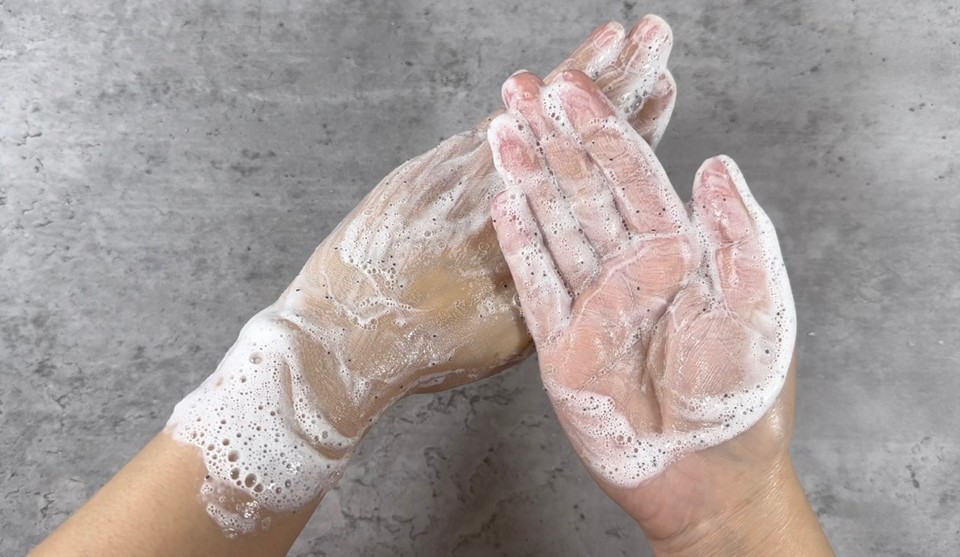
I used wheat germ oil as my carrier oil, wheat germ oil has high antioxidant properties due to its high Vitamin E content. You can use other carrier oils, such as jojoba oil, safflower oil, argan oil, avocado oil, macadamia nut oil, hazelnut oil, and sweet almond oil.
Finally, in phase A, I added cetyl alcohol to enhance the silky texture and thicken the product. You swap the cetyl alcohol with berry wax or cetearyl alcohol.
Phase B is my powdered surfactant. I use SCI (Sodium cocoyl isethionate), a mild surfactant derived from coconut.
Sodium Cocoyl Isethionate is generally well-tolerated by most skin types, including sensitive and dry skin. It has a low risk of irritating the skin, and it is suited for face care products.
If you only have SCI noodles, you will need to grind them into a powder.
Remember to use a respiratory mask while working with fine powders.
You can swap the SCI with Sodium Cocoyl Glutamate (powder) or Sodium Lauroyl Glutamate (powder).
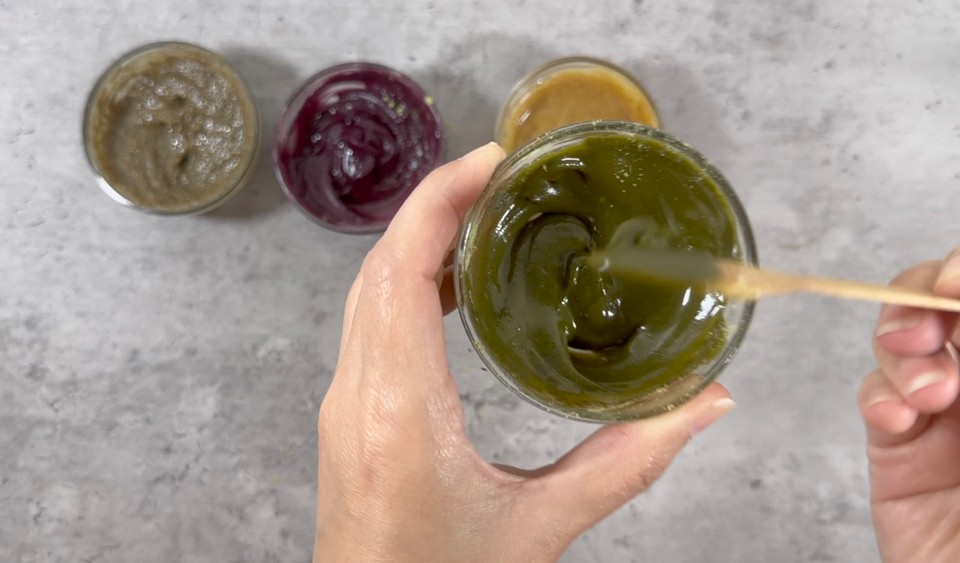
For phase C, I used calendula extract (oil-based), which you can swap with other oil-based extracts such as camomile extract, green tea extract, rose extract, or arnica extract. If you don't have oil-based extract, you can use jojoba, rosehip, or evening primrose oil.
In phase C, I added vitamin E to prolong the product life by protecting the oils from oxidation.
You can replace the preservative I used with a different kind. Make sure to follow your supplier's instructions when adding your chosen preservative.
Since this product has no water-based ingredients, you don't have to use a preservative. If you decide not to add a preservative, add the amount to the carrier oil and ensure the product does not come in contact with water (until you take some and mix with water when using it).
I added a preservative because using this product in the shower or next to the sink will probably come in contact with water, so I chose to add the preservative to be safe.
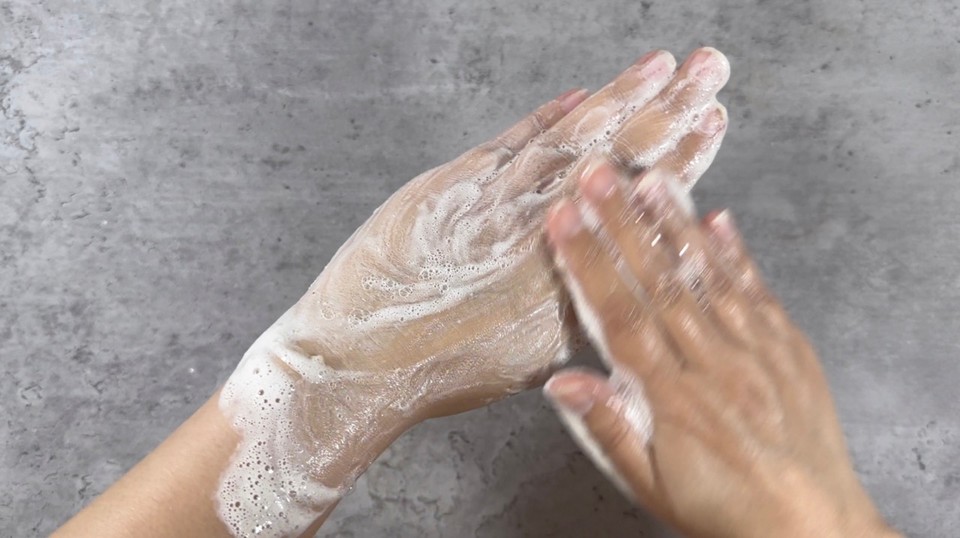
In phase C, I also added fragrance oil. This is optional. You can skip the fragrance oil and add this amount to the carrier oil. You can use essential oil instead.
If you use essential oil, research and make sure the essential oil is suitable for face products.
You can use a fragrance oil that compliments the ingredient you choose for phase D.
Now phase D is where you can be creative and try many different ingredients.
The ingredient you use in phase D will determine the final texture and consistency of the product. You can add a very fine botanical powder to get a silky smooth consistency or an exfoliant ingredient to add exfoliation properties to the final product.
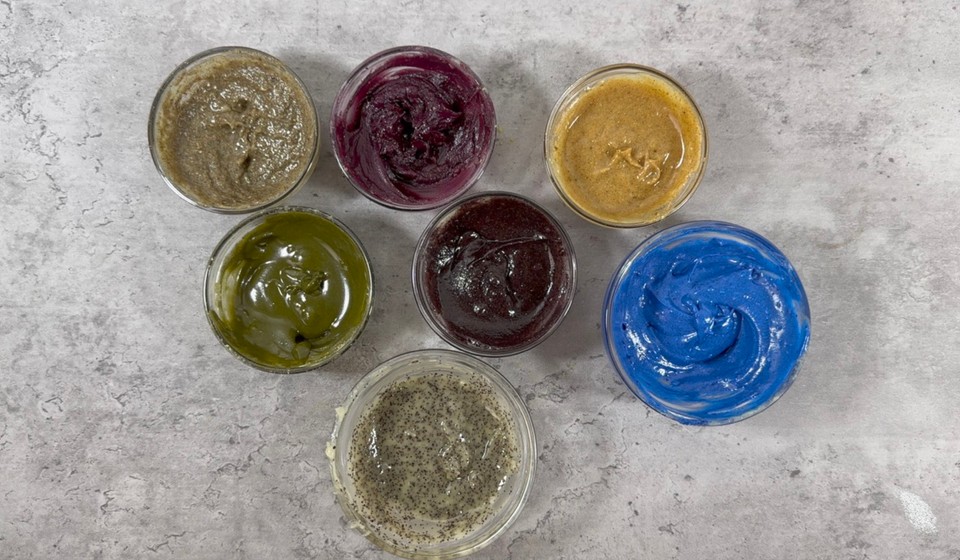
I tried seven different ingredients so you can see how the final product's color, texture and feel can change due to the changed ingredient in phase D.
I used neem powder, which gave the final product a very smooth and silky feel. The color is olive green. Neem powder is considered a very effective ingredient for acne due to its antimicrobial properties.
Then I used açai powder. The açai powder is a gentle exfoliator. The final product will have a dark purple color and a more dense consistency.
Next, I used lemon peel powder. This powder is less fine than others, which gives the final product a light exfoliation, a dark yellow color, and a citrus scent.
The fourth ingredient I used was lavender buds powder. These are dried lavender buds I ground to the powder. The powder gave mild exfoliation properties and a lavender scent. You can use a fine powder and receive a different texture.
The fifth ingredient I tried was rose petal powder. This very fine powder helped achieve a silky smooth texture with a dark purple color.
Next, I used coconut shell powder. The coconut shell powder is more exfoliating than the other powders. Also, the texture was more of a scrub.
Lastly, I used blue spirulina powder. This is the most vibrant color I received from a natural powder.

You can experiment with different ingredients to have different properties in your final product.
You can use calendula powder, camomile powder, hibiscus powder, green tea powder, dandelion powder, or mint powder. You can use exfoliating ingredients such as pumice powder, jojoba beads, coffee powder or even sea sand.
You can use strawberries seeds, grapes seeds, black volcanic sand, orange peel powder, strawberry powder, olive pit powder, almond powder, Bamboo powder (Bambusa arundinacea stem powder), arrowroot powder, alkanet powder, madder root powder, rice powder, and much more....the possibilities are endless.
Method:
- In a heat resistance beaker, add phase A ingredients.
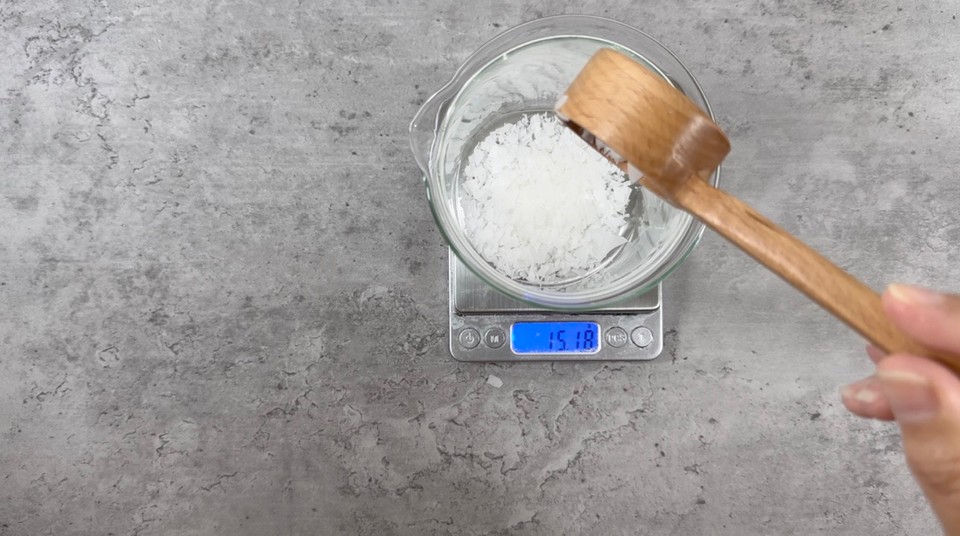

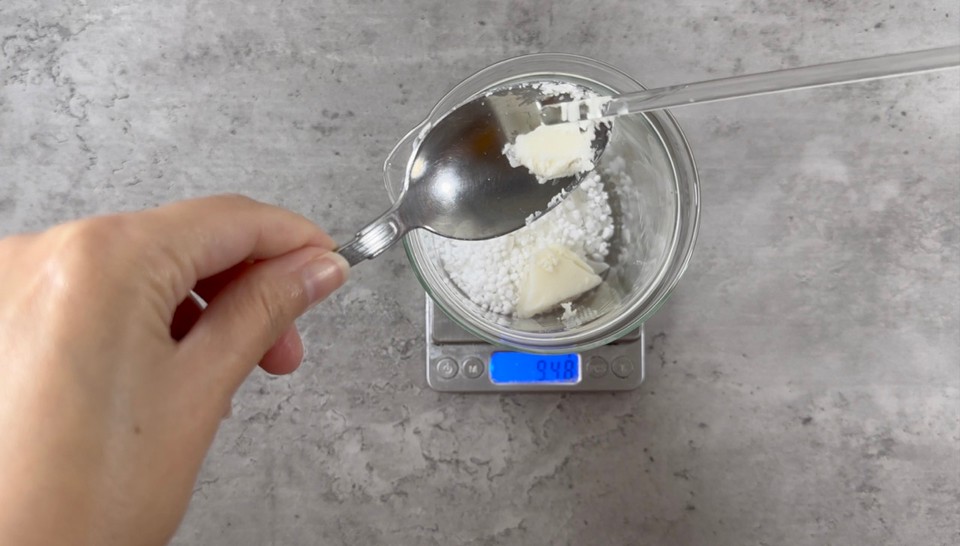

- Place phase A into a double boiler on medium heat to melt.
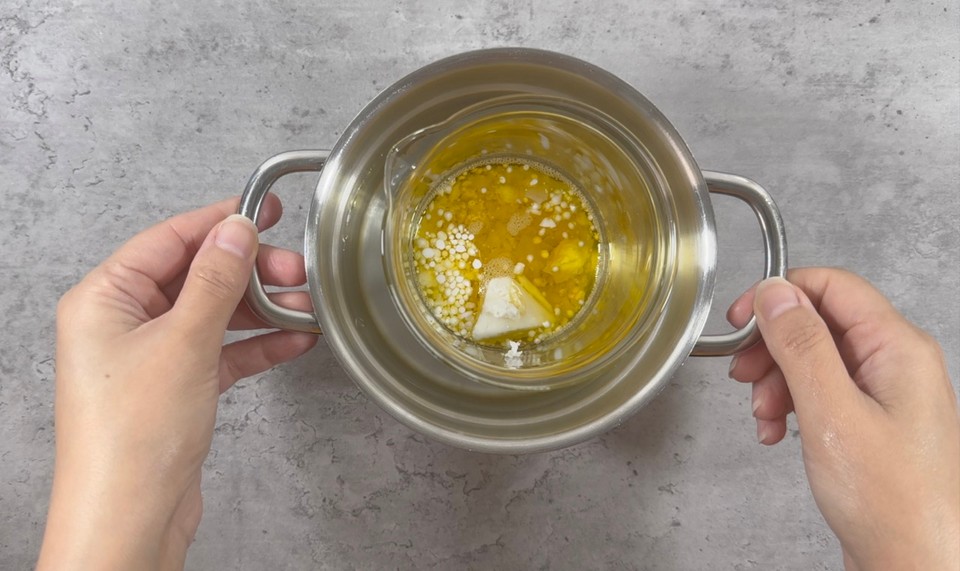
- In another beaker, add phase B (the surfactant). Use a mask to avoid respiratory irritation. Set aside.
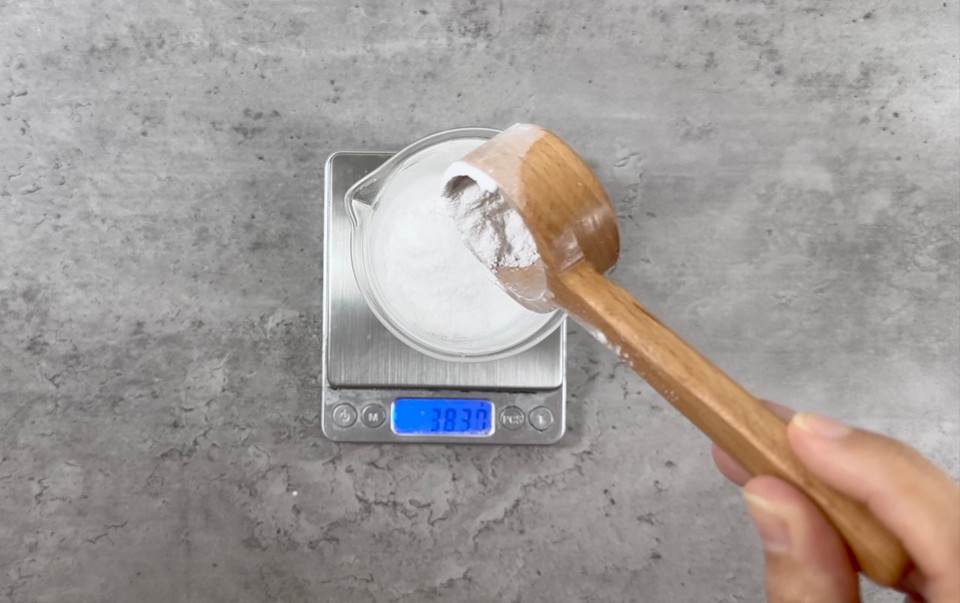
- Add to another container phase C ingredients. Set aside.


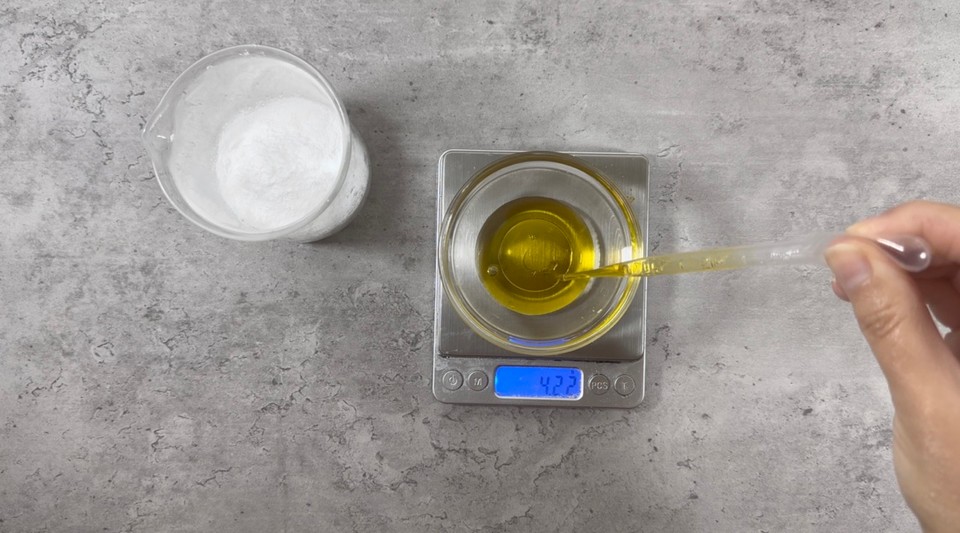
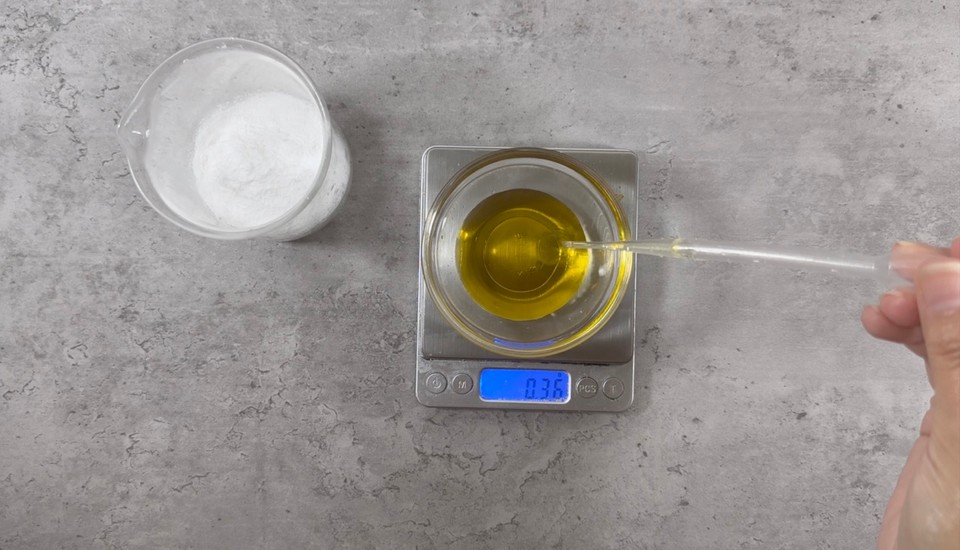
5.Remove phase A from the heat. Add phase B into phase A and mix.
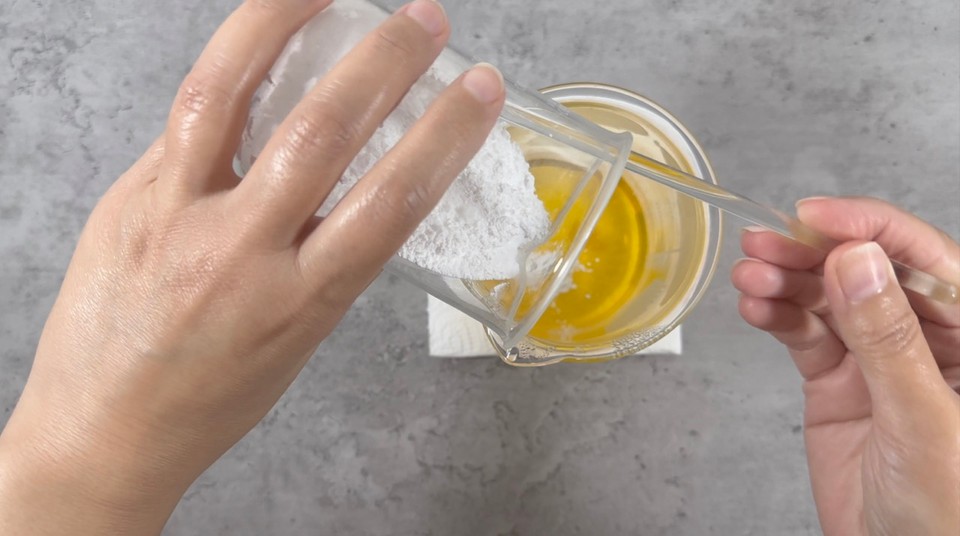
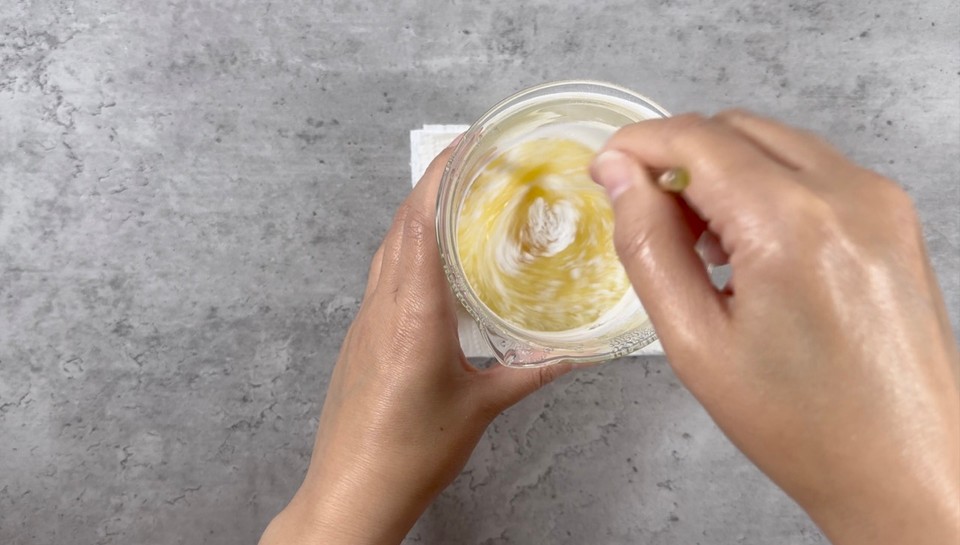
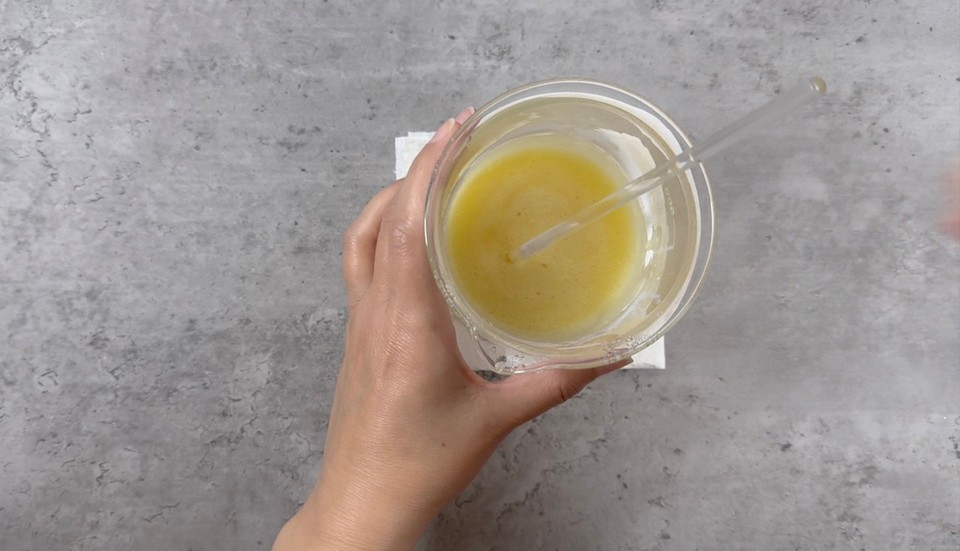
- Once the temperature is less than 40 degrees Celsius, add phase C and mix to combine.
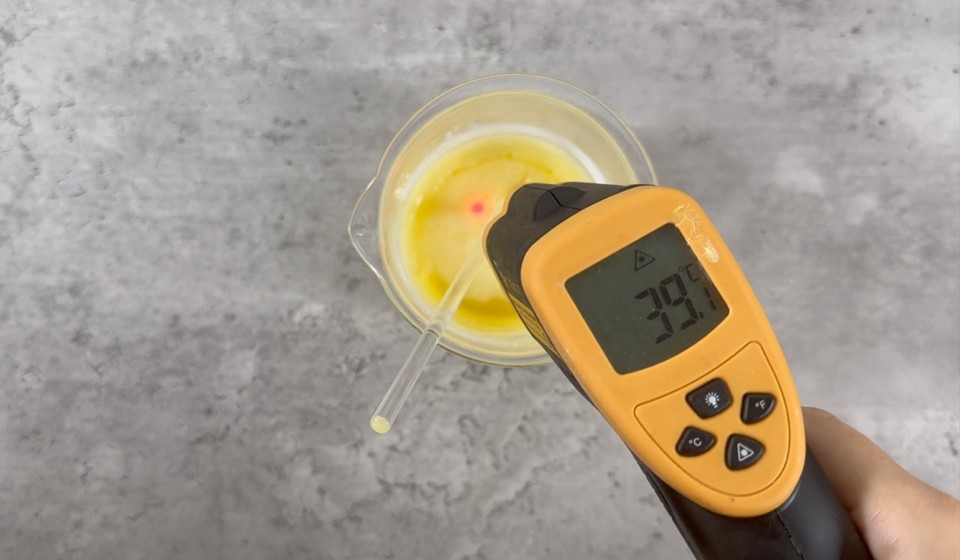
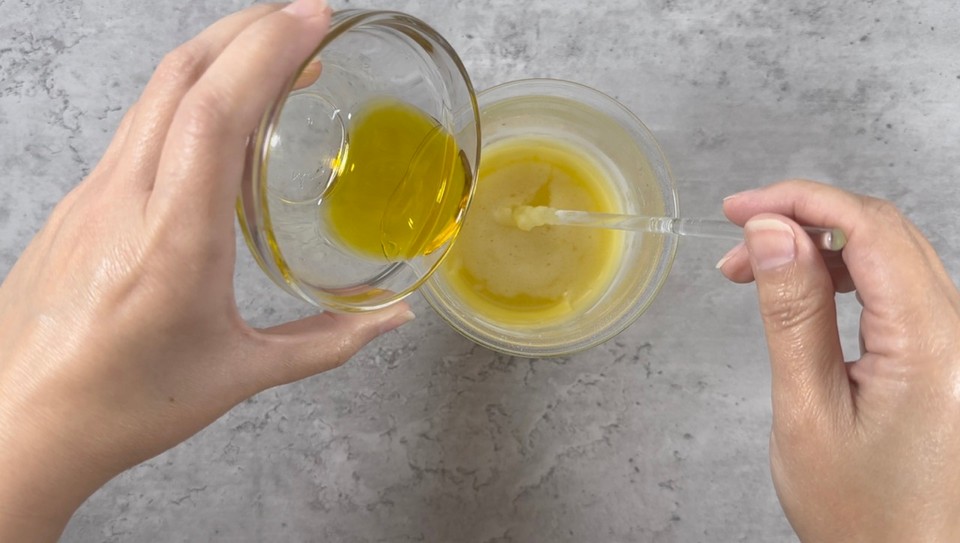
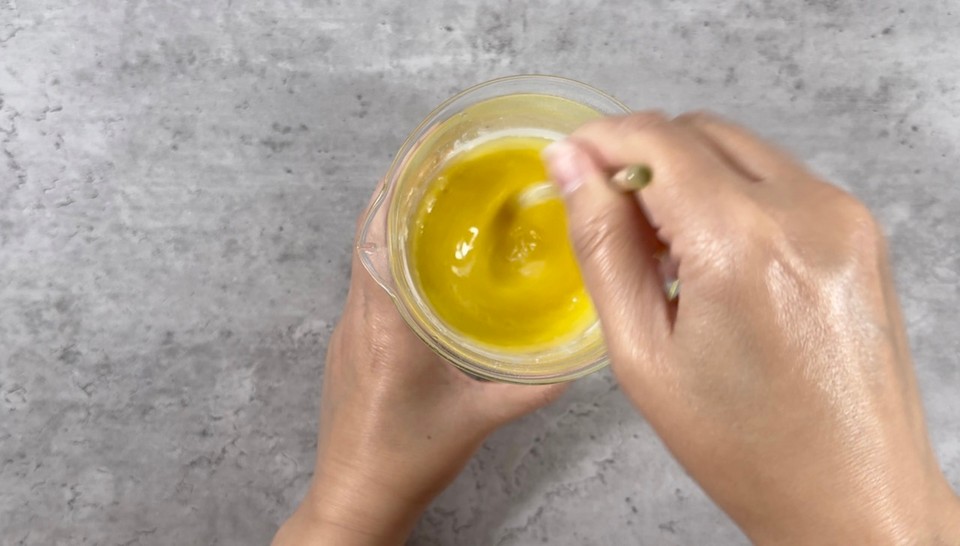

- Now add the phase D ingredient and combine.

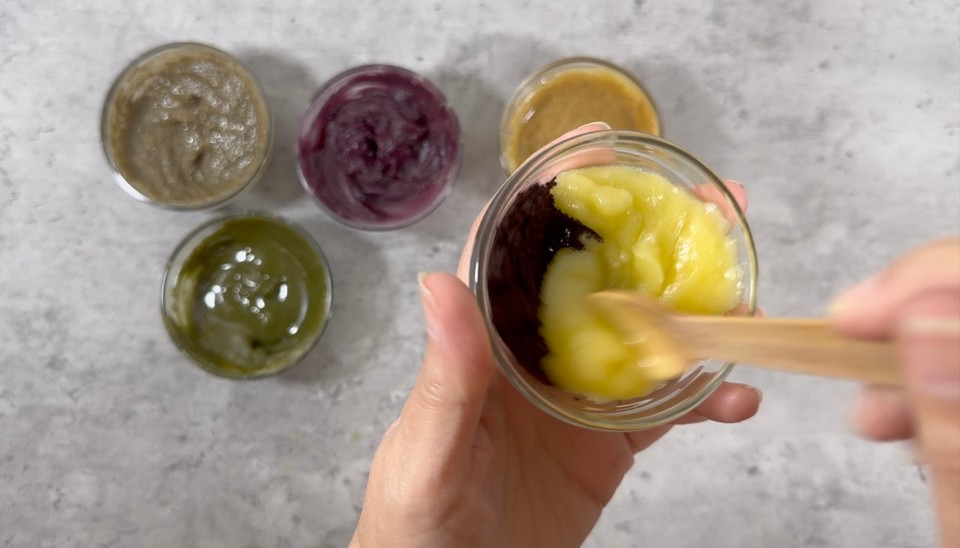
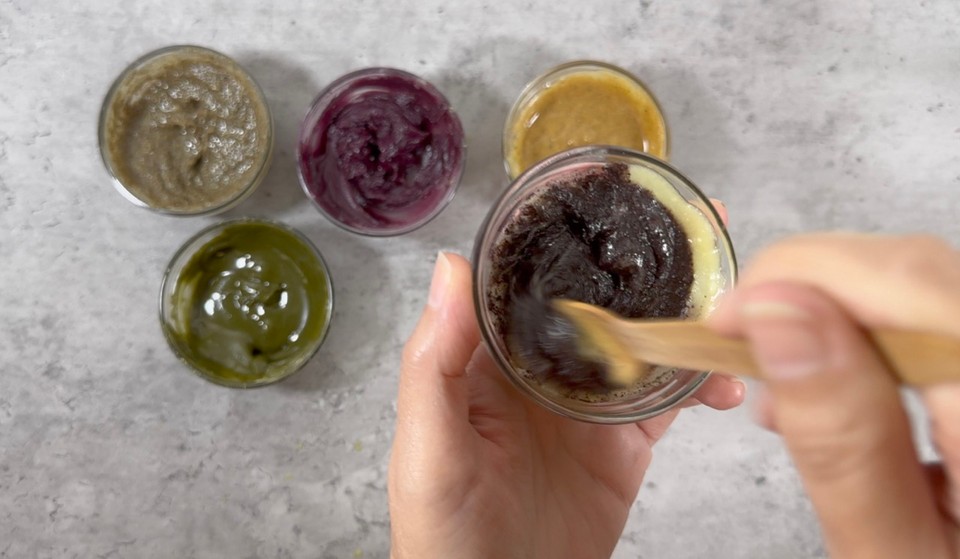
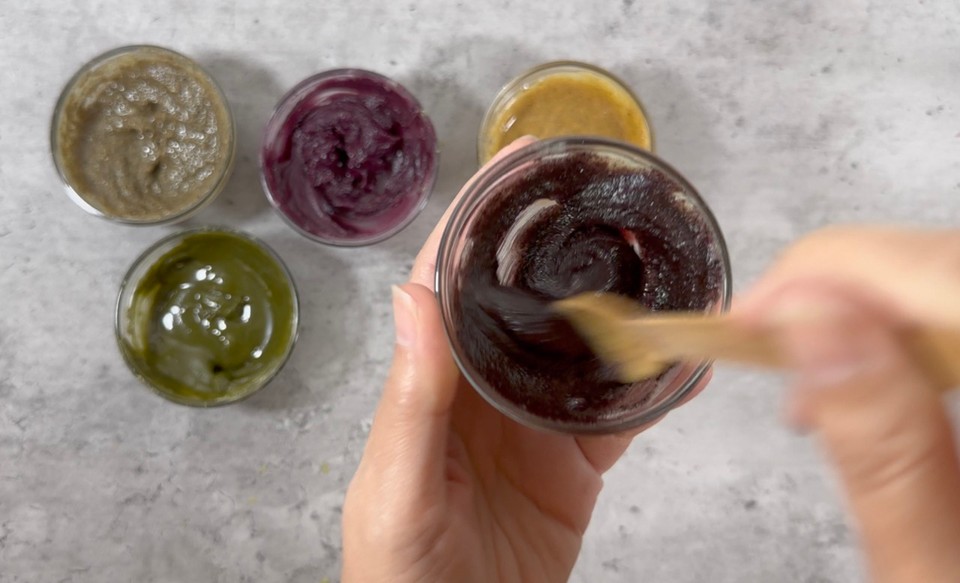
- Use the face cleanser on damp skin and rub it onto the skin to create foam.
